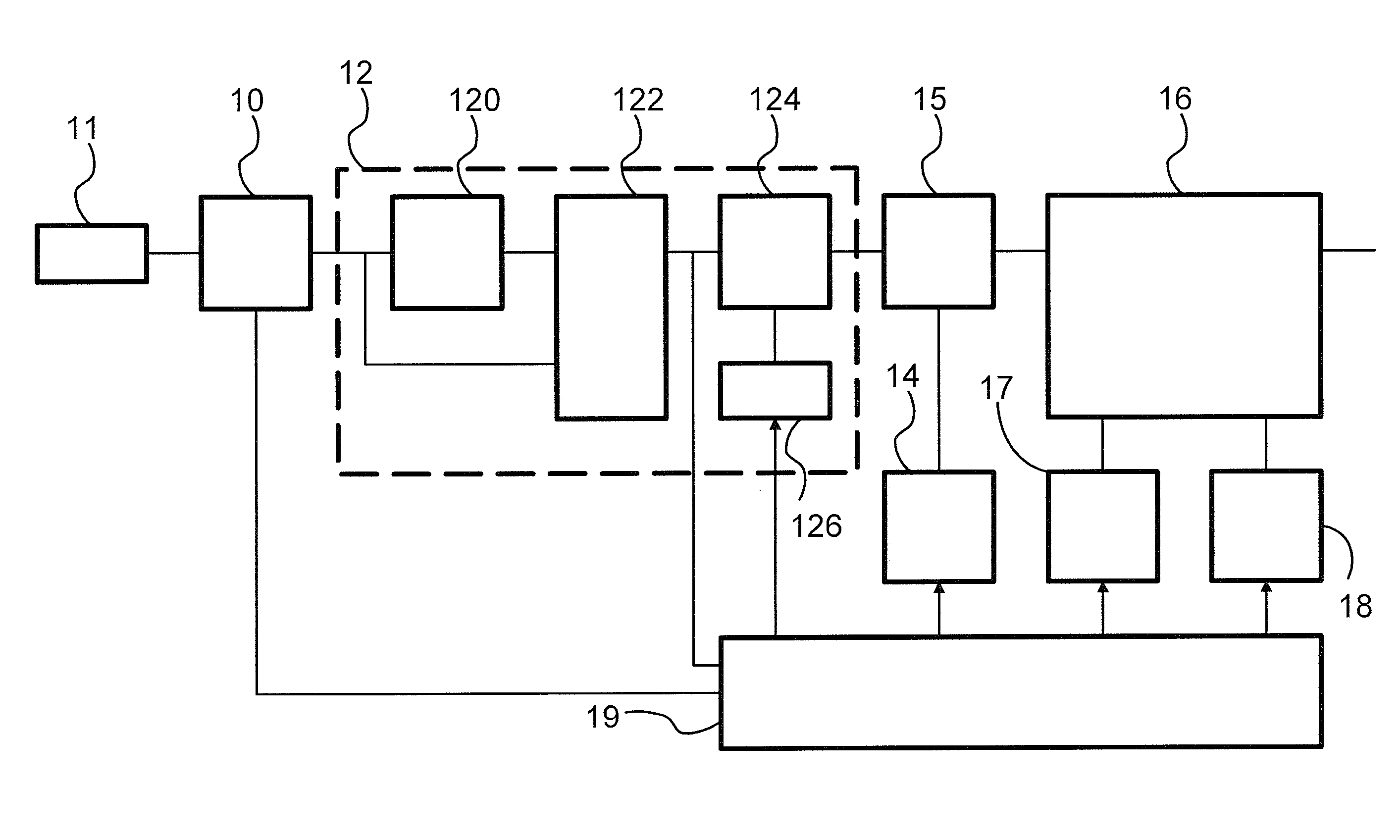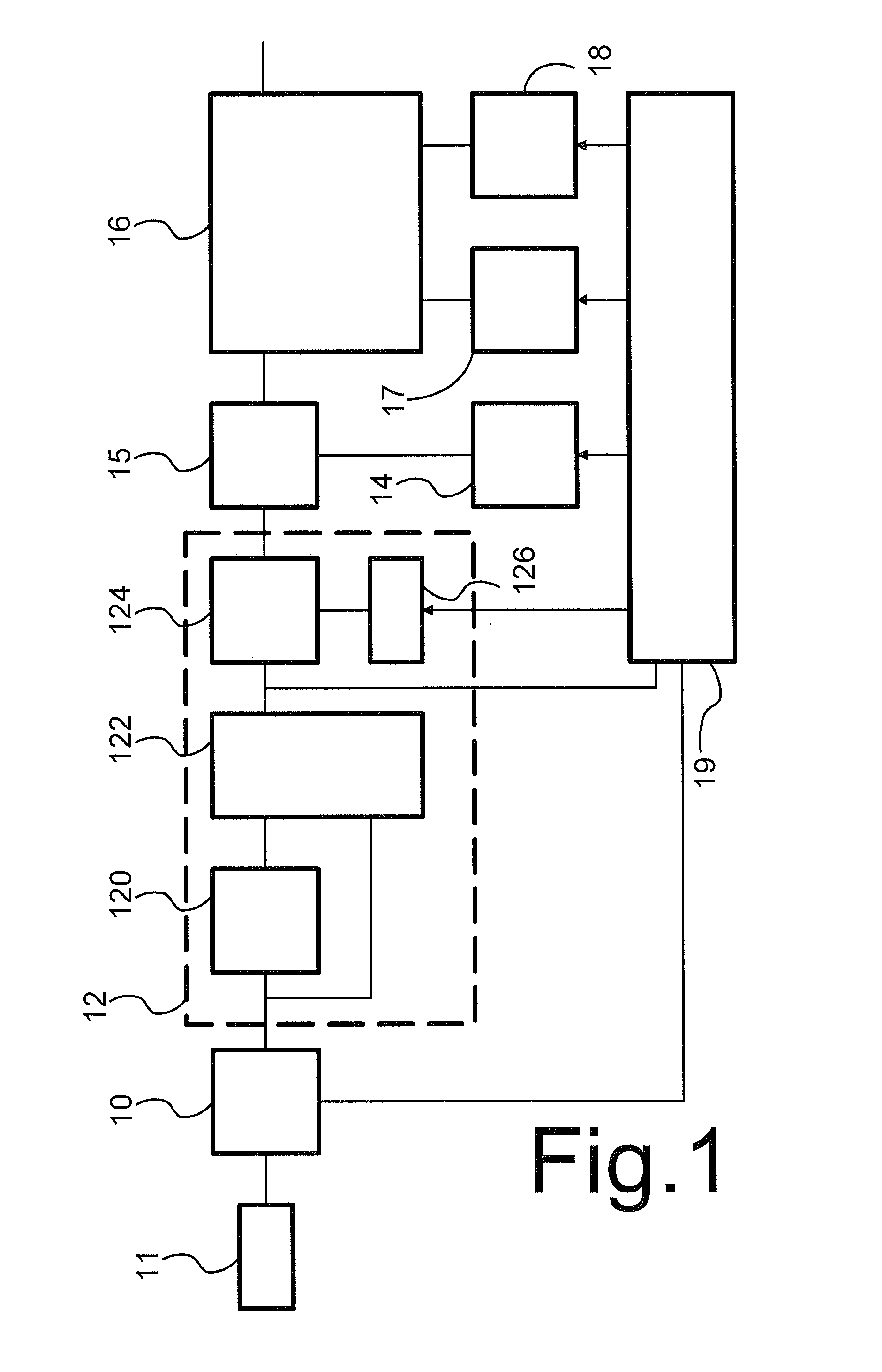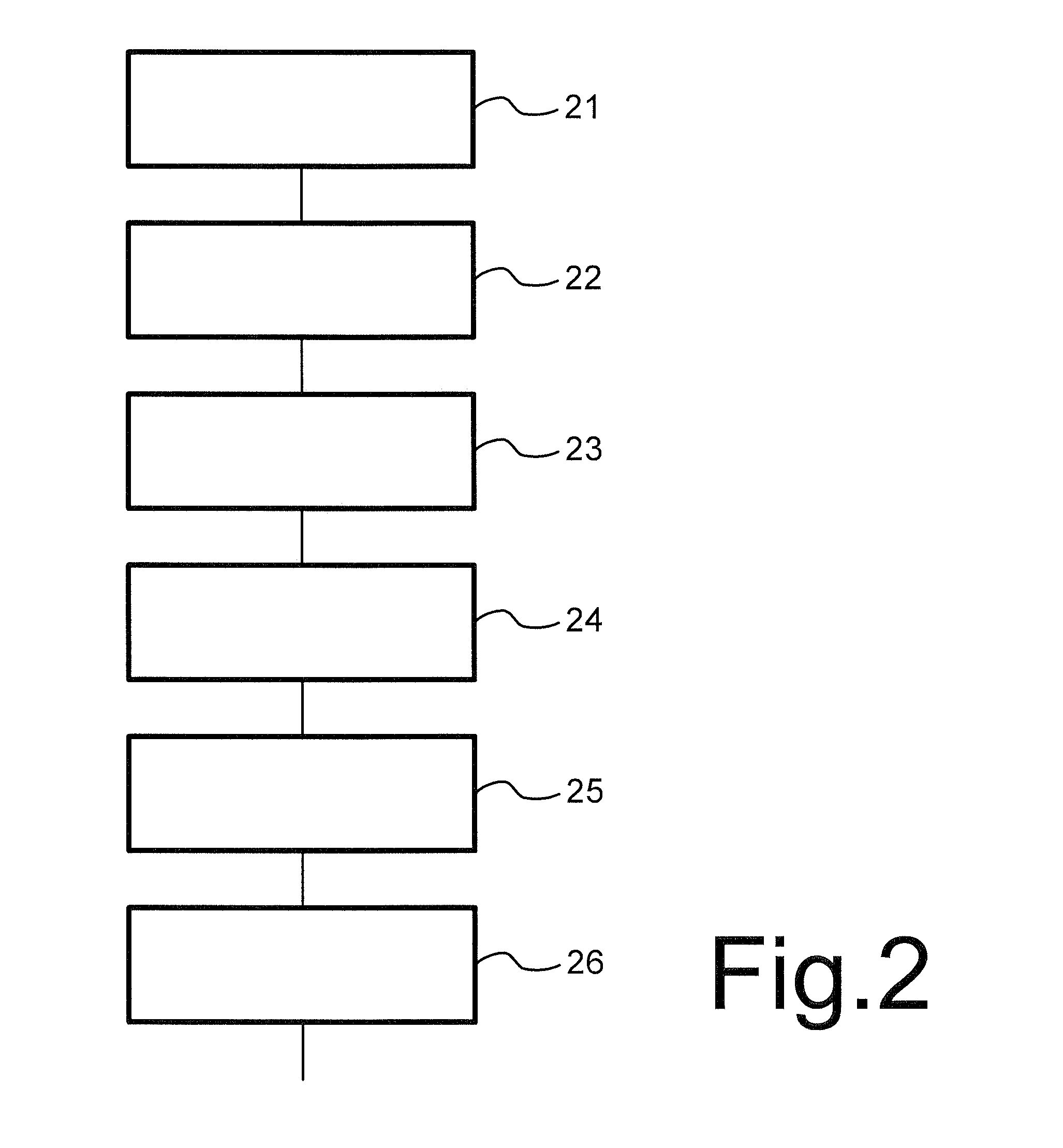Detection of human actions from video data
a technology of video data and human actions, applied in the field of video image processing system and method, can solve the problems of difficult recognition, complex learning phase and implementation of saliency algorithm, computationally expensive kernel, etc., and achieve the effect of improving the reliability of action detection
- Summary
- Abstract
- Description
- Claims
- Application Information
AI Technical Summary
Benefits of technology
Problems solved by technology
Method used
Image
Examples
first embodiment
[0060]In an embodiment a further step is added to the process of FIG. 4, wherein the computer determines bias values c for different bins of the feature histogram for use in third step 43. Preferably, this is done in such a way that the bias values of all bins sum to the overall bias value “b” for the action type that was determined in second step 42. In a first embodiment, the computer equally distributes the bias values over the bins: c=b / m, where m is the number of bins in the feature histogram, i.e. the number of bins to which a detected STIP can be assigned.
second embodiment
[0061]It has been found that detection reliability at least for some types of action can be improved by use of a different selection of the bias values c. In a second embodiment, the computer distributes the bias values over the bins in proportion to an average “mu” of normalized count values in the bins (bin dependent, so mu is a function mu(i) of the bin(obtained by applying spatiotemporal feature detection, description vector extraction and feature binning to video sequences in a training set that show actions of the type for which a detector is constructed: c=b×mu(i). Herein the values mu(i) is normalized so that their sum equals one. The training set may be the first set provided in first step 31, or a different set of video sequences in a training set that show actions of the type for which a detector is constructed.
third embodiment
[0062]In a third embodiment, the computer distributes the bias values over the bins in proportion to the contents pi of the bins: c=b×pi, with pi normalized so that they sum to one.
[0063]In a further embodiment a choice is made between the different methods of selecting the bias values dependent on the type of action for which a detector is constructed. To do so, the process is executed for each of a plurality of predetermined types of actions. This process comprises selection of different sets of bias values “c” for the bin, for example using respective ones of the methods described above, each followed by execution of third to fifth steps 43-45 using the selected bias values “c”. In a next step of this process a measure of reliability is computed for detection of the presence of actions of the predetermined type obtained by detection using respective ones of the sets of bias values c. The results obtained with set of bias values that results in the highest values of the measure of...
PUM
 Login to View More
Login to View More Abstract
Description
Claims
Application Information
 Login to View More
Login to View More - R&D
- Intellectual Property
- Life Sciences
- Materials
- Tech Scout
- Unparalleled Data Quality
- Higher Quality Content
- 60% Fewer Hallucinations
Browse by: Latest US Patents, China's latest patents, Technical Efficacy Thesaurus, Application Domain, Technology Topic, Popular Technical Reports.
© 2025 PatSnap. All rights reserved.Legal|Privacy policy|Modern Slavery Act Transparency Statement|Sitemap|About US| Contact US: help@patsnap.com



